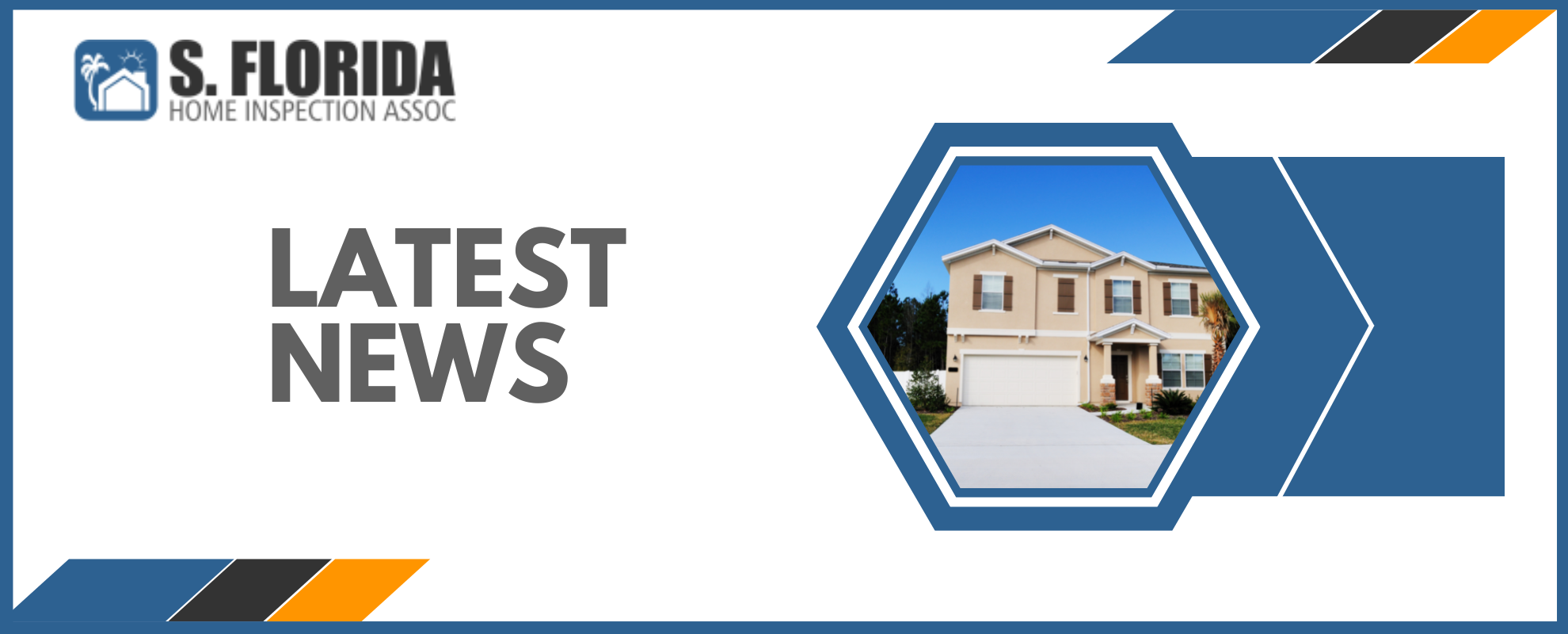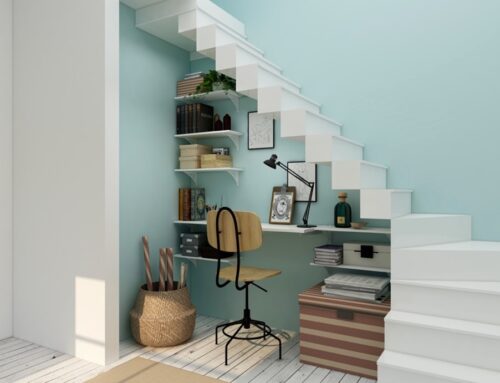A home fireplace can be soothing, give warmth, be romantic or just relaxing. If your fireplace is electric or gas, you don’t have as much safety concerns as there are for wood-burning or solid fuel fireplaces. According to the U.S. Fire Administration, “heating fires account for 36 percent of residential fires in rural areas each year”, with many due to creosote buildup in chimneys (the photo below right, borrowed from homeownernut.com, shows a buildup of creosote, which can then catch fire from an errant fireplace spark exiting the chimney). The National Fire Protection Association estimates that “14,000 home fires this year” began in a fireplace.
Major causes, along with creosote buildup, continue to be:
- Not knowing how to properly build a fire,
- Using damaged fireplaces,
- Not keeping the flue clean and open when using a fireplace,
- Flying sparks not properly screened, and
- Having combustible debris too near the hearth.
You Are The Key To Fireplace Safety!
As the owner of a home fireplace, it’s your responsibility to keep it clean and safe for you and your family’s enjoyment. Let’s look at what the U.S. Fire Administration says you can do to keep your fireplace safe:
Keep It Clean!
The first thing is to keep clutter and debris away from the hearth of your fireplace. For some strange reason, family members believe the hearth is a great place to stack magazines, place stereo speakers, and other items that are combustible. Second, have your fireplace and chimney cleaned and inspected annually by a certified chimney specialist.
Use It Correctly!
The flue gives many fireplace owners a problem. They cannot remember to open its damper when the fireplace is in use and to close it when not in use.
Many designer fireplaces come with glass doors, rather than a free-standing screen. Glass doors restrict the air flow and supply to the fire, which can cause creosote buildup. To resolve this issue (and to save always having to clean the glass), keep the glass doors open when using the fireplace and place a metal-mesh screen in front of the fire to inhibit sparks and embers from getting on your floor or carpet beyond the hearth.
Once the fireplace is no longer being used, remove the mesh screen and close the glass doors. This will keep the cold air from the chimney from cooling down your heated room.
Use the Correct Fuel
Use only seasoned hardwood to decrease creosote buildup that the soft, moist wood produces. Never use flammable liquids to help start the fire – no matter how careful you are, a backdraft can light you aflame. Additionally, never use cardboard boxes, trash or other debris in your fireplace.
Build Your Fire Correctly
Place logs at the back of the fireplace on a grate strong enough to support the weight of the logs. Build small fires that will burn completely and produce less smoke. Go to http://www.monkeysee.com/play/16543-lighting-and-tending-a-fire-in-a-fireplace for a video on correctly building a fire in a fireplace. There also are other videos, such as extinguishing a fire.
Extinguishing a Fire
Besides watching the video mentioned above, you also should never leave a fire unattended, whether you’re going to bed, leaving the house, or moving to another part of the home for any extended length of time. After a fire is out, place the ashes and embers in a metal bucket of water outside and away from your home, trees, brush and/or other flammable items, preferably on a concrete slab. Use proper equipment and protection, as well.
Home Interior Safety
Ensure you have smoke alarms throughout your home – on each level, inside and outside of all sleeping areas; and change the batteries (even if the current ones are good) with every change in daylight savings time (twice yearly). If you have a gas logs insert, place a carbon monoxide detector in each room with a fireplace. Test all alarms monthly; and lastly, keep a fire extinguisher in each room with a fireplace – ensure all family members know how to use it, and have it checked annually by a professional.
Safety for the Exterior of Your Home
Install proper venting systems that extend at least three feet above your roof. Keep the roof clear of leaves, pine needles, overhanging branches (near the chimney, flue and vents), and other debris – a creosote fire can catch such items ablaze, such as shown in the photo right (Jari Aho is the photographer). Cover the chimney with a metal, mesh screen spark arrester to keep errant sparks from hitting your roof. Finally, stack firewood outdoors at least 30 feet away from any structure – the wood could be lit aflame or get termites, both of which can be transferred to your home or other structure (including wooden fences that attach to a structure).
Following these safety guidelines should give you many years of safe use and happy times from your fireplace.
Please consider South Florida Home Inspection Associates for all your home inspection needs.
Call us today!
Sydney Smidt
South Florida Home Inspection Associates
P.O. Box 1716
Hobe Sound, Fl 33475
561-818-5593



